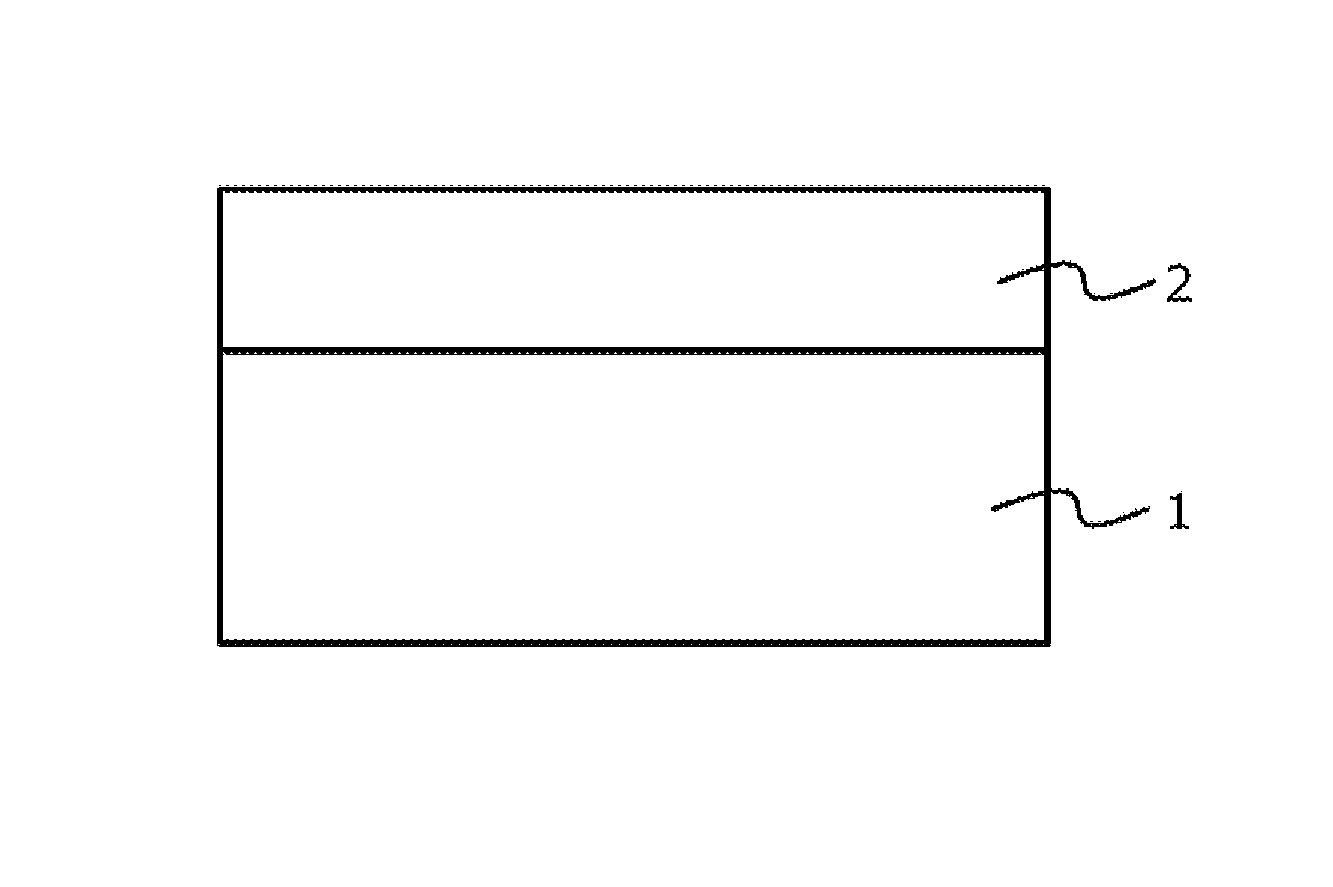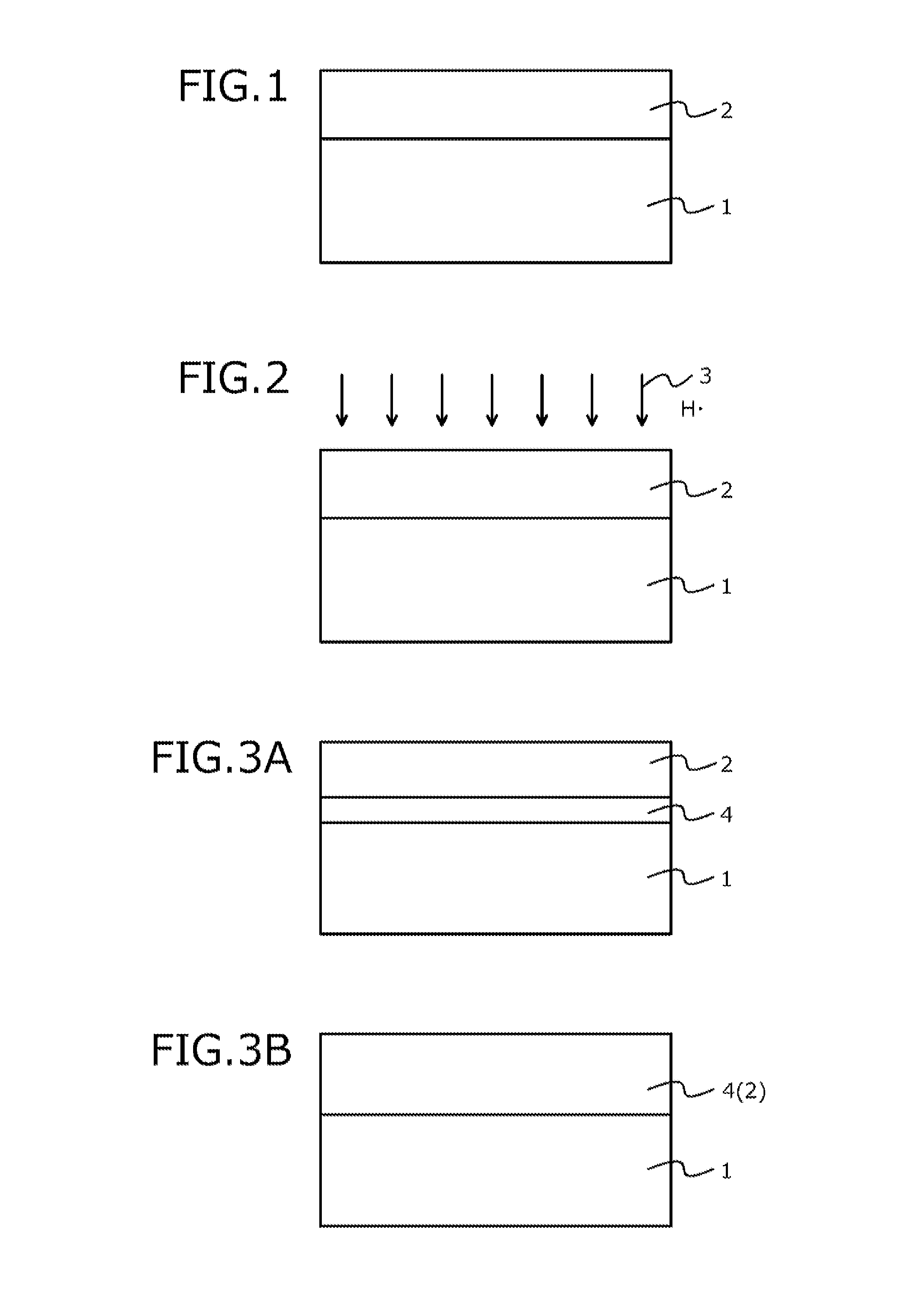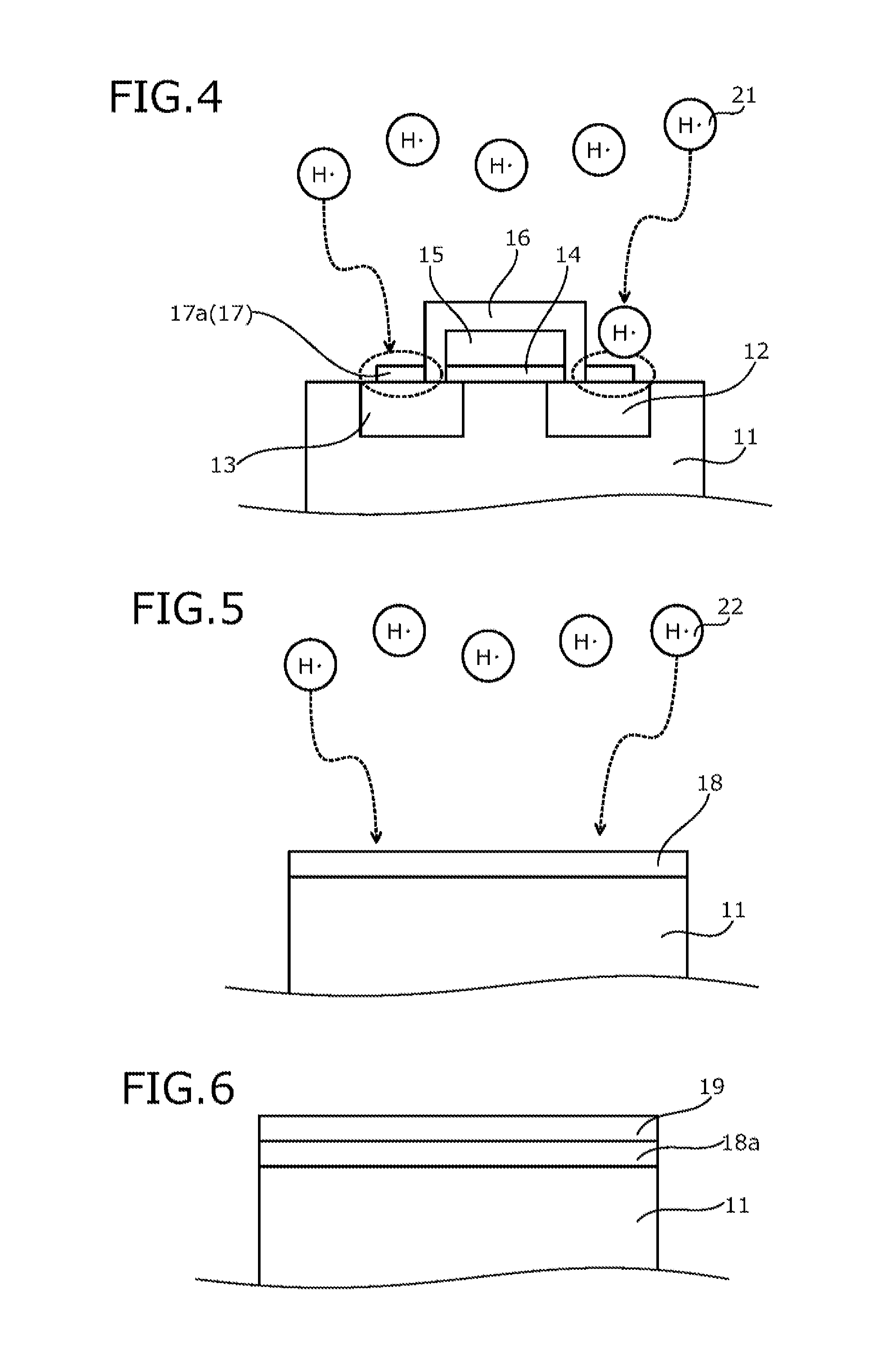Method of manufacturing semiconductor device
a manufacturing method and technology of semiconductor devices, applied in the direction of semiconductor devices, basic electric elements, electrical equipment, etc., can solve the problems of not being able to heat all of the transition metal layers simultaneously, the material configuring the device, etc., and the interface properties of the semiconductor portion and gate insulating film may degrade,
- Summary
- Abstract
- Description
- Claims
- Application Information
AI Technical Summary
Benefits of technology
Problems solved by technology
Method used
Image
Examples
first embodiment
[0058]The method of manufacturing a semiconductor device according to a first embodiment will be described taking an example where a semiconductor device using a silicon carbide semiconductor substrate (silicon carbide substrate) is produced (manufactured). FIGS. 1, 2, and 3A are cross-sectional views of a semiconductor device during manufacture according to the first embodiment. FIG. 3B is a cross-sectional view of another example of a semiconductor device during manufacture according to the first embodiment. First, as depicted in FIG. 1, a predetermined device structure (not depicted) is formed in a silicon carbide substrate (silicon carbide wafer) 1 and subsequently a contact electrode 2 formed of a transition metal is formed in a surface of the silicon carbide substrate 1 by, for example, a sputtering method, a vapor deposition method, etc.
[0059]The transition metal configuring the contact electrode 2 is an element (metal) present within a range from the third element group to t...
second embodiment
[0077]The method of manufacturing a semiconductor device according to a second embodiment will be described taking an example where an ohmic contact is formed in the back surface of a silicon carbide substrate. FIGS. 7, 8, and 9 are cross-sectional views of the substrate back surface side of a semiconductor device during manufacture according to the second embodiment. The method of manufacturing a semiconductor device according to the second embodiment differs from the method of manufacturing a semiconductor device according to the first embodiment in that after a titanium layer 23 is formed on a transition metal layer (e.g., the nickel layer 18) that is to be converted to silicide, the entire silicon carbide substrate (the entire device) is exposed to the hydrogen plasma atmosphere. The titanium layer 23 has a function of preventing the nickel silicide layer 18a formed by a reaction of the nickel layer 18 and a silicon carbide semiconductor portion (the drift region 11) from being ...
third embodiment
[0085]The method of manufacturing a semiconductor device according to a third embodiment will be described taking as an example, a case where a MOSFET is formed. FIG. 10 is a cross-sectional view of a semiconductor device during manufacture according to the third embodiment. The method of manufacturing a semiconductor device according to the third embodiment differs from the method of manufacturing a semiconductor device according to the first embodiment in that with the nickel layers 17, 18 formed on both surfaces of the silicon carbide substrate, a quartz substrate 24 is disposed so as to contact the entire surface of the nickel layer 18 of the substrate back surface side and the entire silicon carbide substrate (the entire device) is exposed to the hydrogen plasma atmosphere.
[0086]More specifically, as depicted in FIG. 10, similar to the first embodiment, processes up to and including those of forming the nickel layers 17, 18 in the surfaces of the silicon carbide substrate respe...
PUM
| Property | Measurement | Unit |
|---|---|---|
| thickness | aaaaa | aaaaa |
| thickness | aaaaa | aaaaa |
| thickness | aaaaa | aaaaa |
Abstract
Description
Claims
Application Information
 Login to View More
Login to View More - R&D
- Intellectual Property
- Life Sciences
- Materials
- Tech Scout
- Unparalleled Data Quality
- Higher Quality Content
- 60% Fewer Hallucinations
Browse by: Latest US Patents, China's latest patents, Technical Efficacy Thesaurus, Application Domain, Technology Topic, Popular Technical Reports.
© 2025 PatSnap. All rights reserved.Legal|Privacy policy|Modern Slavery Act Transparency Statement|Sitemap|About US| Contact US: help@patsnap.com



